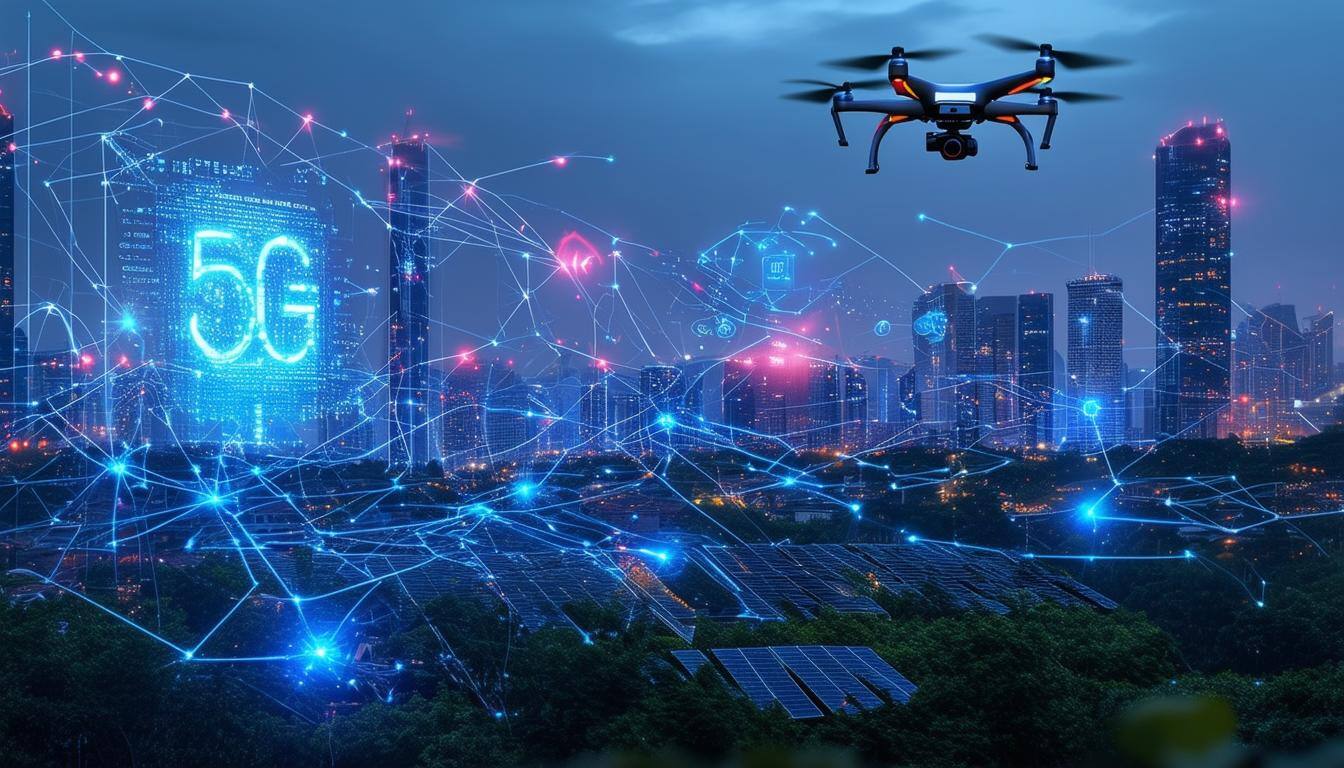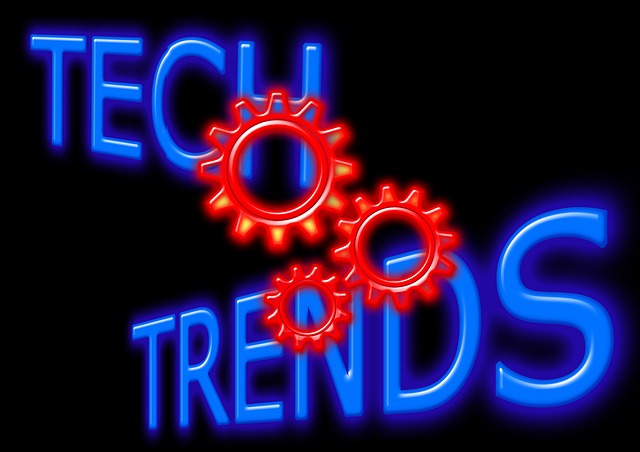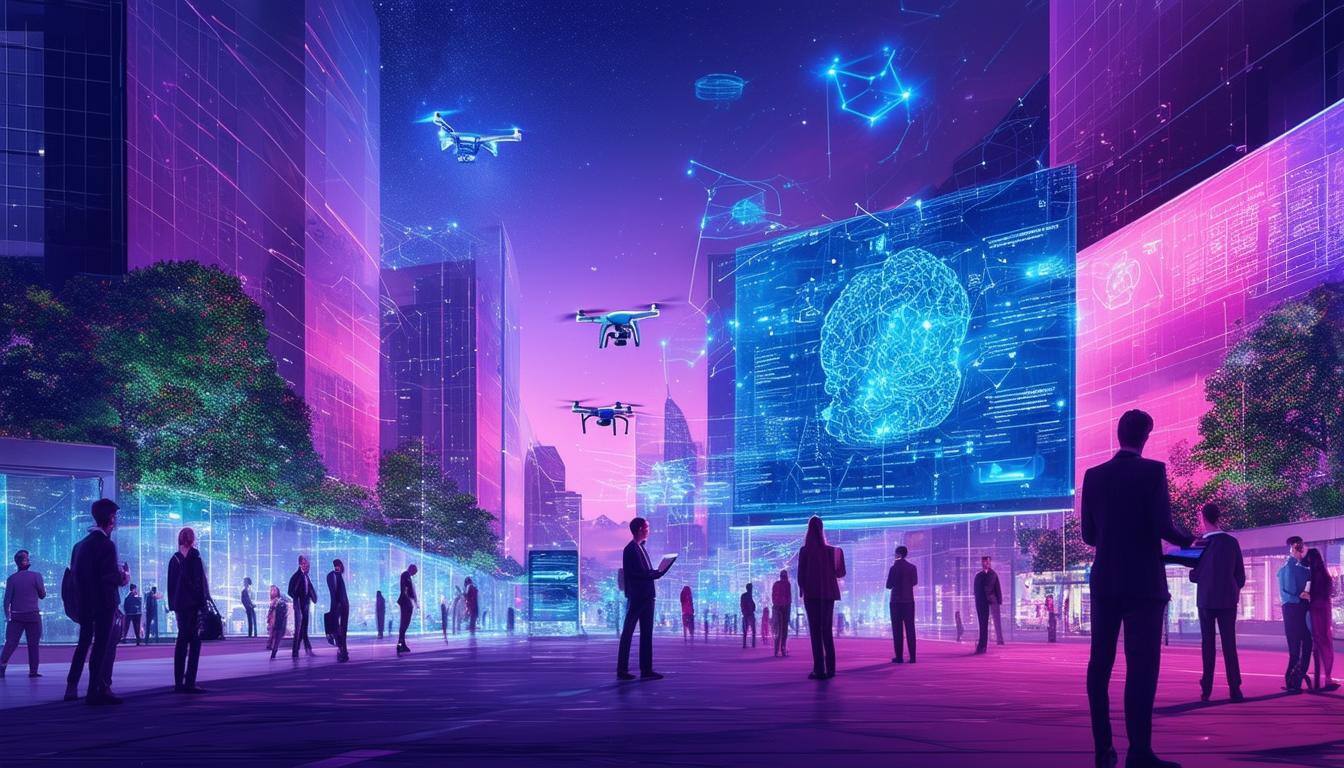The IT Infrastructure Trends That Will Dominate 2025
As we start 2025, the IT infrastructure landscape is evolving at an unprecedented pace. Businesses are facing a new era of digital transformation,...
3 min read
![]() Totalcare IT
:
Nov 11, 2024 2:13:00 PM
Totalcare IT
:
Nov 11, 2024 2:13:00 PM
Staying on top of digital transformation trends can really give small to medium-sized businesses (SMBs) an edge. For executives, getting a handle on these trends is key to staying competitive. So, let's dive into five major digital transformation trends that are reshaping industries and changing the way businesses work.
Artificial Intelligence (AI) and Machine Learning (ML) are not just futuristic ideas; they are actively changing the business landscape. AI allows machines to mimic human intelligence, while ML helps these systems learn from data and improve over time. Applications range from virtual assistants to advanced data analytics.
AI and ML can greatly benefit businesses. For example, Amazon uses AI to analyze customer behavior and recommend products, enhancing the shopping experience and increasing sales. SMBs can leverage AI and ML for tasks like managing inventory and personalizing marketing efforts, making powerful tools available to businesses of all sizes.
As AI and ML continue to advance, expect even more changes. Technologies like natural language processing (NLP) are improving how we interact with machines, while AI-driven decision-making tools will help with planning and efficiency.
Edge computing is a shift from traditional cloud computing. Instead of relying on centralized data centers, it processes data closer to where it’s generated—at the "edge" of the network. This approach speeds up data processing and reduces delays, which is vital for real-time applications.
Edge computing offers significant advantages. For instance, a manufacturing company can analyze data from sensors on the factory floor instantly, allowing for quick adjustments to production and reducing downtime. This is especially useful for SMBs looking to improve efficiency.
As edge computing evolves, it will become increasingly important. The rollout of 5G networks will enhance its capabilities by providing faster and more reliable data transmission, opening doors for real-time applications and smarter decision-making.
The Internet of Things (IoT) connects everyday objects to the internet, allowing them to share and receive data. This interconnected network offers valuable insights and facilitates automation across various industries.
IoT is making a significant impact. In healthcare, for example, IoT devices can monitor patient vitals in real-time, improving care and enabling proactive health management. In logistics, IoT sensors can track shipments and enhance supply chain management.
For SMBs, IoT can lead to better operations. A logistics company might use IoT to manage its fleet more efficiently and reduce fuel consumption.
The future of IoT is set for growth. With 5G technology, IoT devices will experience faster data transfer and more reliable connections. Advancements in sensor technology will also broaden IoT applications, further transforming business operations.
Blockchain technology is commonly linked to cryptocurrencies, but its uses go well beyond that. At its core, blockchain is a decentralized ledger that securely records transactions across multiple computers.
Blockchain can greatly improve business practices. For instance, in supply chain management, it enhances traceability and reduces fraud by providing a transparent record of transactions. Companies that adopt blockchain can offer better transparency to customers and strengthen their operations.
Blockchain also has potential uses in secure identity verification and transactions, which are increasingly important as businesses move online.
The future of blockchain is promising. Innovations like smart contracts—automatically executing transactions when conditions are met—can streamline processes and reduce costs. As blockchain evolves, it will unveil new applications for various industries.
Augmented Reality (AR) and Virtual Reality (VR) are technologies that enhance or replace real-world experiences with digital content. AR overlays digital information onto the physical world, while VR creates a fully immersive virtual environment.
AR and VR have transformative potential in business. For example, AR can create interactive product experiences in marketing, allowing customers to visualize furniture in their homes before buying. In training, VR can simulate real-world scenarios, improving employee learning outcomes.
The future of AR and VR is set for innovation. Advances in technology will enhance their realism and interactivity, and integrating these with AI and IoT will create new, immersive experiences for users.
By embracing these technologies, businesses can unlock new opportunities, streamline operations, and enhance customer experiences. The future of digital transformation is bright, and those who stay ahead will be positioned for long-term success.
Take the time to explore these trends and consider how they can help your business thrive. The possibilities are vast, and now is the time to embrace these innovations!

As we start 2025, the IT infrastructure landscape is evolving at an unprecedented pace. Businesses are facing a new era of digital transformation,...

Technology is reshaping the world of work at an unprecedented pace. From artificial intelligence to web3, from the metaverse to the hybrid work...

Artificial Intelligence (AI) is revolutionizing industries, creating new opportunities and challenges for businesses of all sizes. As technology...